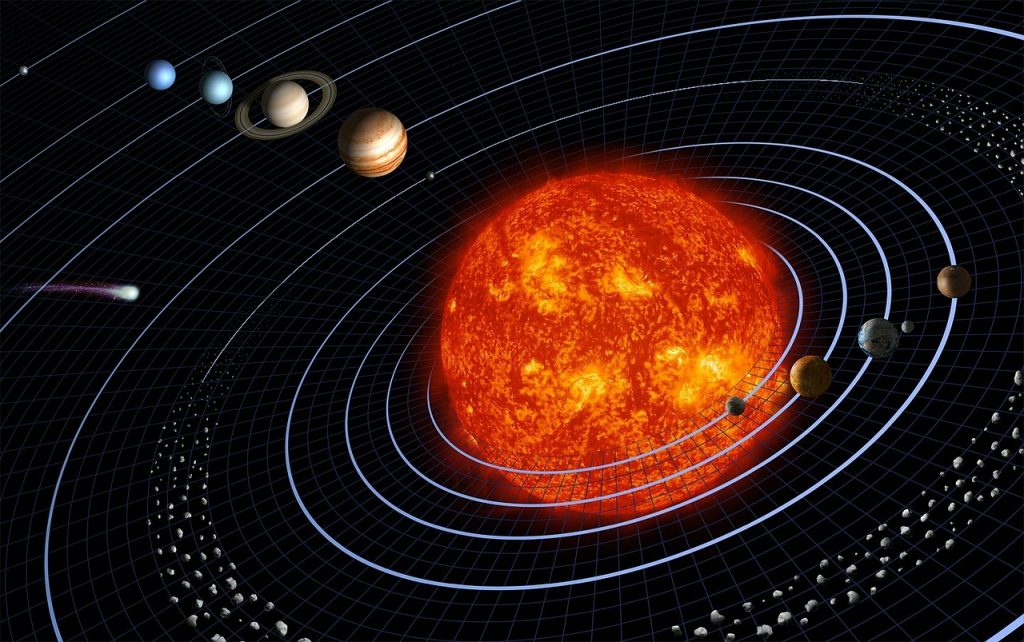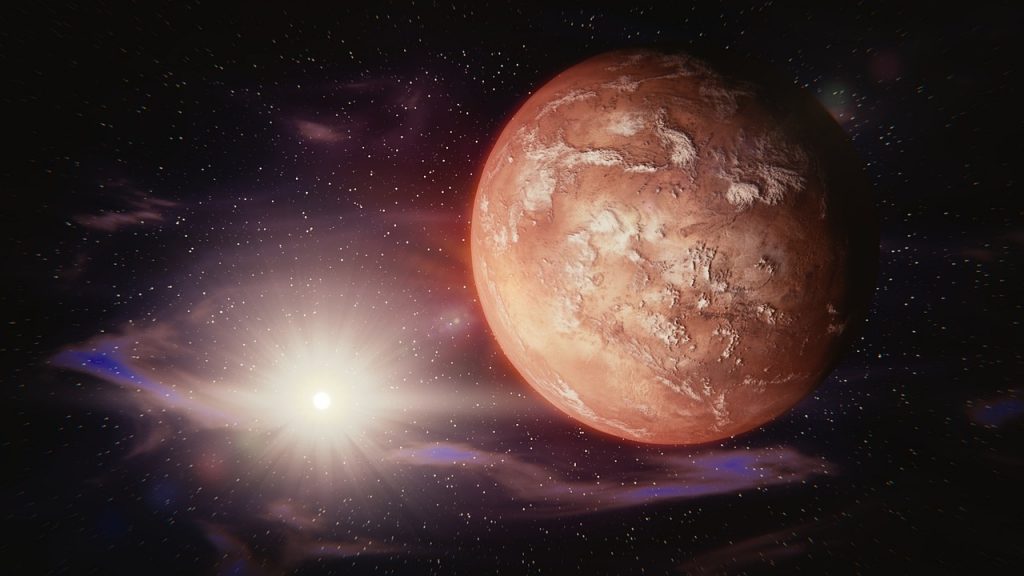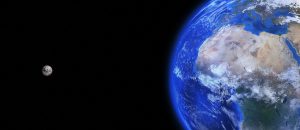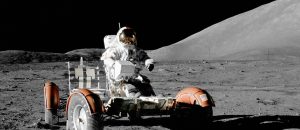NASA’s Transiting Exoplanet Survey Satellite (TESS) is a $200m space telescope designed to find planets around the brightest stars above us in an expanse 400 times bigger than the one traversed by the Kepler undertaking, retired on October 30, 2018.
TESS commenced on the 18th of April, 2018, on a Falcon 9 space rocket and, on August 7, the first ever light image was taken and released to the public on the 17th of September.
How TESS Discovers
The MIT-led 2-year mission is expected to discover over 20,000 exoplanets in its study of around 500,000 stars. How will it do so? The advanced satellite uses a range of onboard cameras to survey 85 percent of the sky.
The images captured enables the investigation of the size, mass, orbit, and density of a big group of minor planets as well as a sampling of terrestrial planets within the circumstellar habitable zone (CHZ) of their host celestial body.
New planets discovered will later become objects of telescopes attempting to extract any signs of life.

New Discoveries
In its first three months of operation, the space probing mission observed three different planets and six supernovae distant galaxies of the solar system.
Like the Kepler mission, TESS seeks out signs of alien life by monitoring segments of the sky and waiting to detect the most subtle shadows that newly discovered planets cast while moving across the surface of their parent stars.
Since it commenced charting the sky, on September 18, the satellite identified a type of “super-Earth” called Pi Mensae c that circles its star once every six days.
Two days later, NASA announced that TESS had discovered LHS 3844 b, a rocky exoplanet marginally bigger than Earth.
NASA’s New Planet Hunter: TESS
Its eleven-hour orbital period makes it one of the planets with the briefest period known. It is also one of the known exoplanets that is the closest to Earth.
The next discovery came on October 5. The HD 202772Ab, which orbits its host star one time every 3.3 days, is described as a magnified hot Jupiter. It is an original sample of hot Jupiters near developed stars.
Additionally, it is among the most powerfully illuminated planets we know, with a stable temperature of 1,830°C.

Breaking News
During the recent 233rd Annual Meeting of the American Astronomical Society (January 6-9, 2019, Seattle) scientists announced the latest discovery — HD 21749b. This exoplanet has the lengthiest orbital cycle of 36 days, is three times the size of Earth, and 23 times its mass.
As such, it is probably gaseous rather than rocky and has an atmosphere denser than that of Uranus or Neptune.
It circles a bright, adjacent dwarf star in the Reticulum constellation (a faint, small constellation in the southern sky) and is thought to have a temperature on its surface of about 150°C (300°F) — fairly cool when one considers its closeness to its star, which is almost as bright as the sun.
The discovery team was led by Diana Dragomir, a Hubble fellow at MIT’s Kavli Institute for Astrophysics and Space Research. Commenting on the find, she said that this is the coldest planet that we’re aware of round a star so bright.
It is tough to find small planets that circle farther from their stars, and are consequently cooler. However, here researchers were fortunate and now can research this planet with more precision.

Where to From Here
The researchers have also discovered an indication of an additional planet that might be the very first Earth-sized finding by TESS if verified.
Hubble fellow and report co-author, Johanna Teske, said that she is interested to discover whether this planet has an Earth-like density to match its Earth-like radius.
She added that this will add to our appreciation of whether Earth-sized planets have different compositions or are all approximately analogous to Earth.
The TESS mission’s principal investigator at MIT, George Ricker, predicts more discoveries saying that we’re just halfway through the first year of operations and that “the data floodgates are just beginning to open.”



